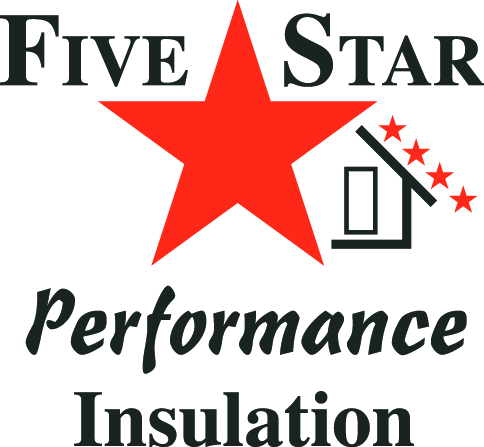Compared to a few decades ago, homeowners have a ton of different choices for their insulation. One of the latest and greatest insulation products on the market is spray foam insulation.
This post will answer some FAQs about spray foam and why you should consider installing it.
What is spray foam?
Let’s start with the basics. Spray foam insulation is a material used to seal walls, floors and ceiling cavities from air and moisture movement. It’s created by combining isocyanate and polyol resins into a foam which is then sprayed into an open cavity (hence its name).
Unlike traditional insulation, spray foam expands when it’s installed to fill in every square inch of a space, which makes it ideal for those hard-to-reach areas that may otherwise go uninsulated. We can use spray foam in new builds, but existing homes and businesses can also be retrofitted with spray foam as long as we have access to open cavities.
How does spray foam work?
As we touched on above, this insulation material is sprayed into an open cavity in a home or business. When the two resins react with each other, they expand to fill the entire available space—like a wall or ceiling joist. The foam creates a water and air barrier, which keeps inside air in and outside air out.
Is spray foam effective?
When insulation contractors talk about a product’s effectiveness, they refer to the product’s R-value. This number is a measure of the material’s resistance to heat flow. The higher the R-value, the more effective the product is at insulating your home.
With an R-value of up to 6.5 per square inch, spray foam is one of the most effective insulators on the market. Comparatively, blown-in fiberglass insulation only has an R-value of about 4.
Will spray foam lower my energy bills?
Because it’s so effective at blocking heat transfer, spray foam is guaranteed to reduce your energy bill. Depending on your current insulation, you can save anywhere from 20 to 40 percent each month on your heating and cooling bills.
Keep in mind that spray foam is more costly than other types of insulation, but it will pay for itself over time due to your energy savings.
Is spray foam safe?
Volatile organic compounds (VOCs) are something every homeowner should be worried about. So when people hear about insulation made of polymers or other hard-to-pronounce words, we understand that they’re skeptical of having it in their home.
While spray foam insulation does emit gases, they’re not harmful to breathe in after a few hours. You will need to leave your home while the spray foam is being installed, but your house is safe to reenter after about two hours.
Who can install spray foam?
Unlike some other types of insulation, installing spray foam is not a DIY project. Instead, you’ll need to hire a reputable spray foam insulation contractor. When you need someone, look no further than 5 Star Performance Insulation, Inc. Call us today to get a free quote or to learn more about what spray foam is.
